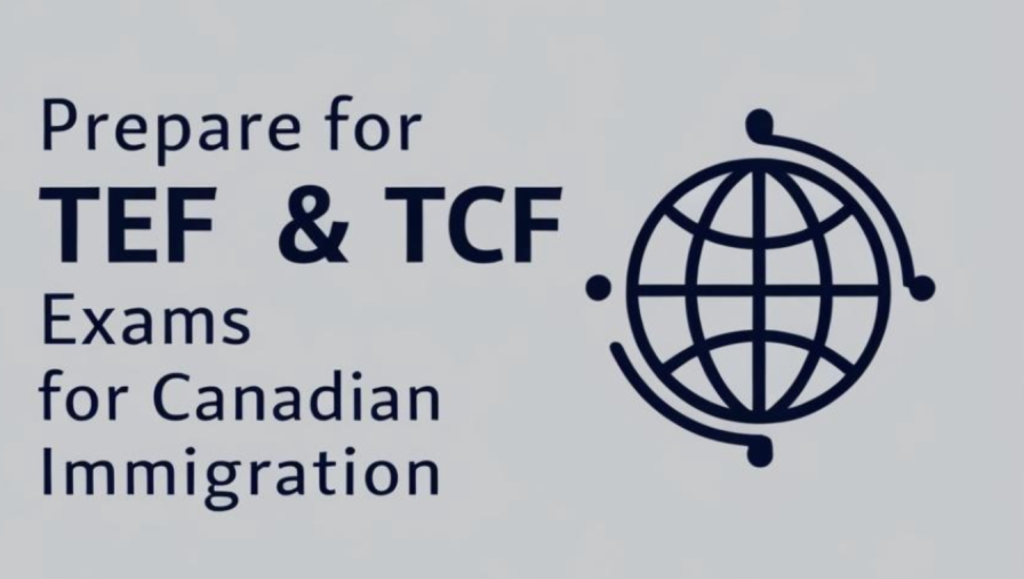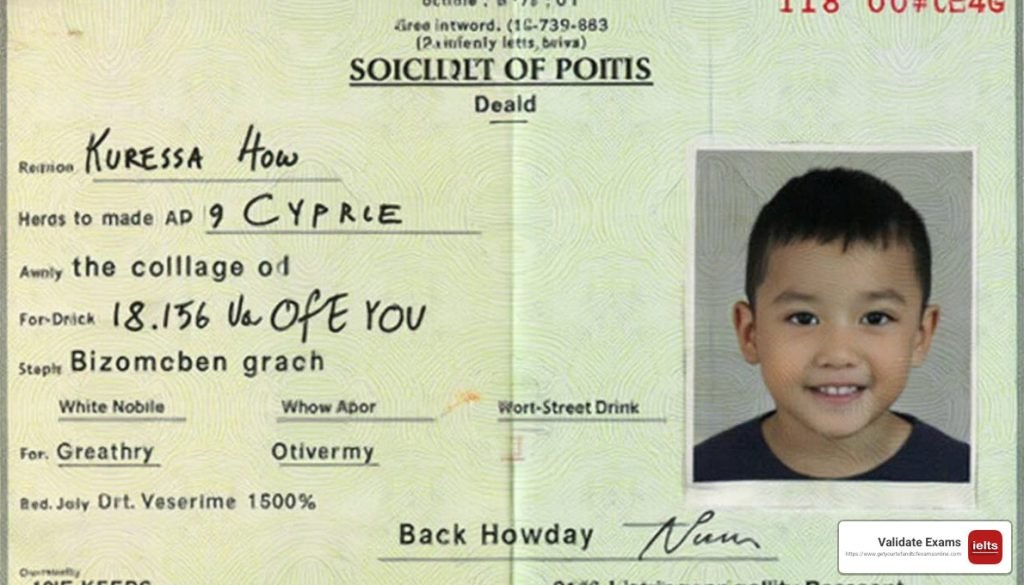How to Check if a Birth Certificate is Genuine: Top 3 Tips
How to check if a birth certificate is genuine is a crucial concern for anyone needing to verify their identity through legal documents. Here’s a quick rundown to ensure authenticity:
- Paper Quality & Watermarks: Genuine certificates use special paper and include security watermarks.
- Inconsistencies: Look for font discrepancies or formatting errors.
- Seals & Signatures: Verify the legitimacy of official seals and authorized signatures.
- Alterations: Use UV light to spot changes or erasures.
- Authority Verification: Cross-reference with issuing governmental agencies.
Where legal documents like birth certificates are central to identity verification, know the signs that separate genuine documents from forgeries. Whether for schooling, traveling, or legal purposes, understanding how to authenticate these documents can prevent fraudulent activities and the misuse of personal information.
As Baddo Magical, a content expert in certifying language proficiency and PII, I have guided aspirants like you in how to check if a birth certificate is genuine. With my insights, you can confidently steer the essentials of legitimacy checks. Transitioning to our step-by-step guidelines, let’s ensure your identity is securely verified.
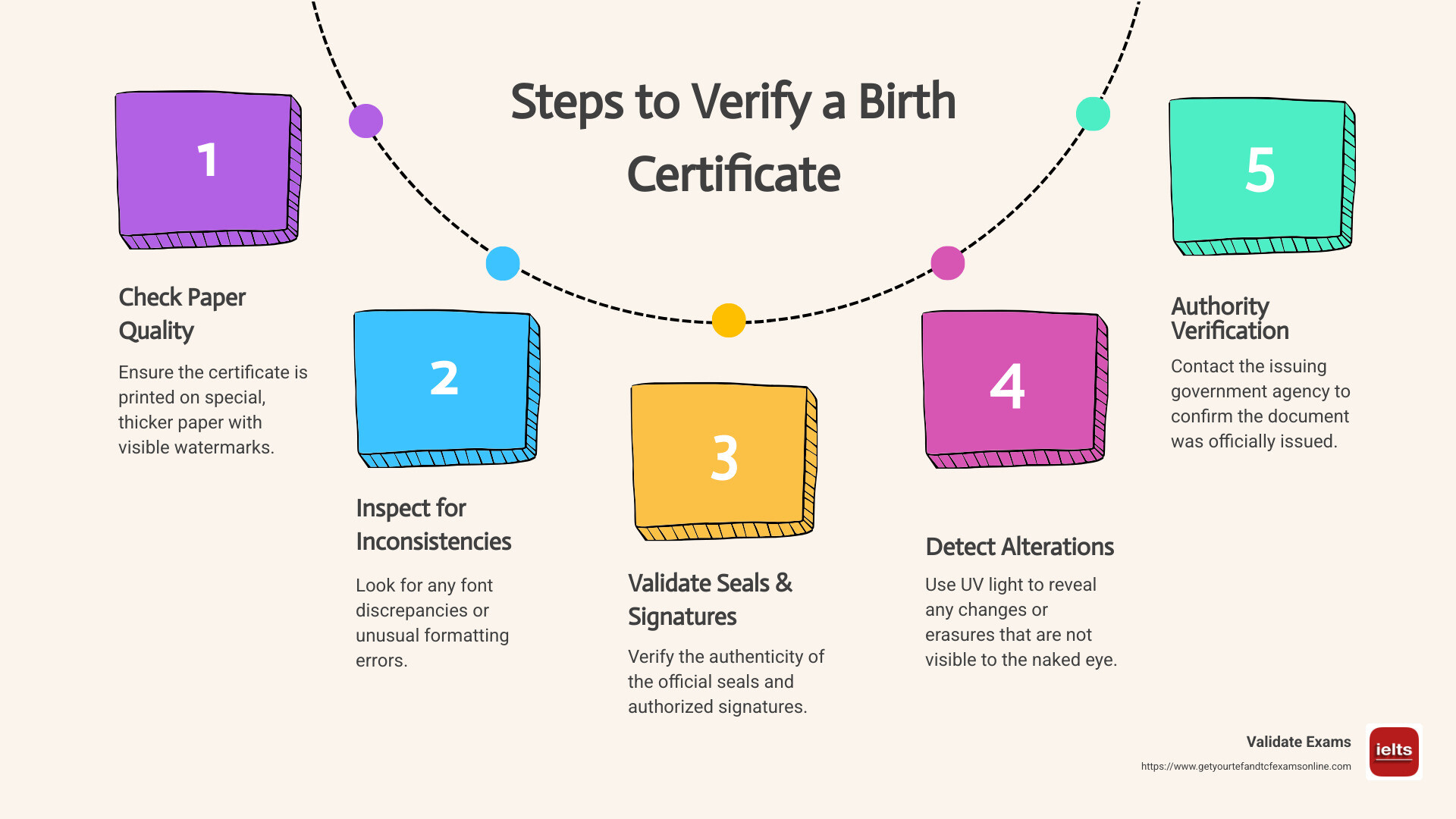
Basic how to check if a birth certificate is genuine glossary:
How to Check if a Birth Certificate is Genuine
To determine if a birth certificate is genuine, start by identifying certified copies. Certified copies are essential for legal purposes, such as obtaining a passport or driver’s license. They possess several distinguishing features:
- Official Seal: Look for a government seal that is either embossed or printed on the document. This seal may be raised or multicolored, indicating authenticity.
- Registrar’s Signature: A certified copy will have a signature from a state, county, or city registrar, verifying that the document is issued by an authorized entity.
- Security Features: Genuine certified copies are printed on special security paper, which often includes watermarks, embedded fibers, and microprinting to prevent forgery.
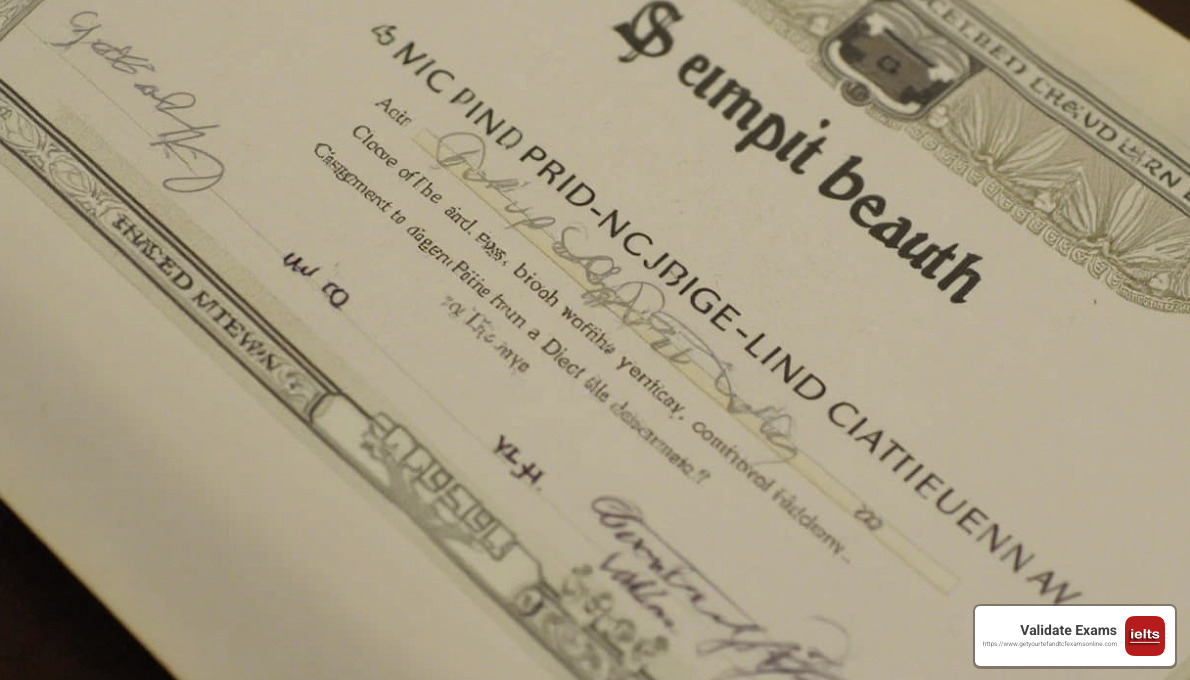
In addition to physical checks, online methods can be used to verify a birth certificate’s authenticity. Here’s how:
- Vital Records Office: Each state or county has a vital records office where you can request verification. Contact them directly to confirm the details of the birth certificate. They can cross-reference their records to ensure the document is genuine.
- Serial Number: Check the unique serial number on the birth certificate. This number should match the records in the vital records office’s database.
- Online Application: Some states offer online portals where you can apply for a certified copy of a birth certificate. These portals provide a secure way to request and verify documents without needing to visit in person.
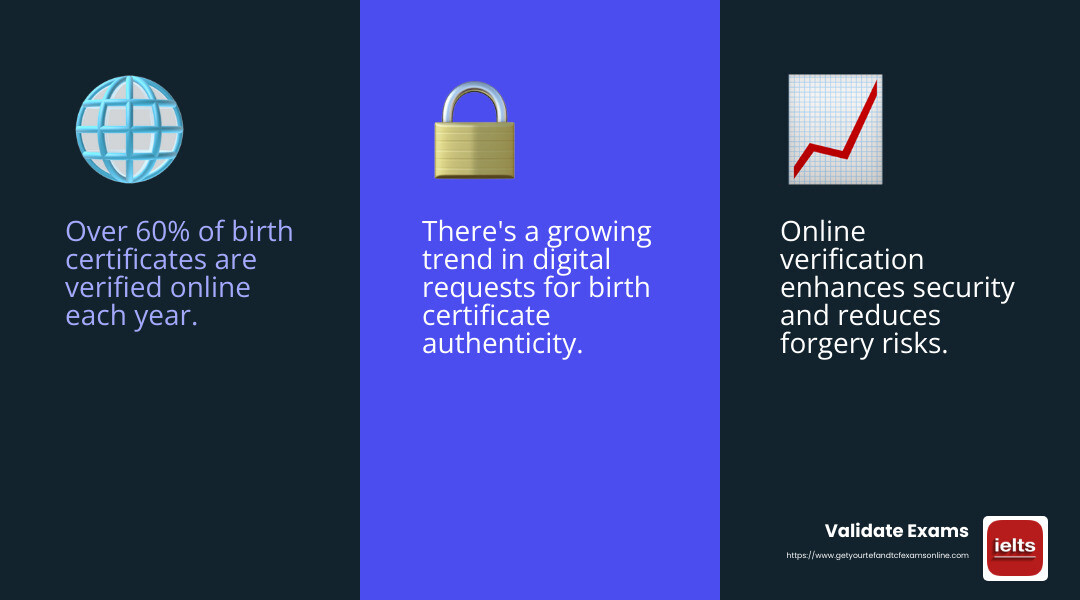
By using both physical inspections and online verification, you can ensure that the birth certificate you’re holding is genuine and legally valid. It’s crucial to rely on these methods to protect against fraud and identity theft.
Key Features of Genuine Birth Certificates
When it comes to determining the authenticity of a birth certificate, certain features stand out as indicators of a genuine document. Here’s what to look for:
Security Features to Look For
- Thicker Paper: Genuine birth certificates are typically printed on thicker paper. This isn’t just for durability; the thicker paper often includes security elements that are hard to replicate.
- Multicolored Seal: A genuine birth certificate will often have a multicolored seal. This seal is not just printed; it may be embossed or raised, adding another layer of security to prevent duplication.
- Unique Number: Every official birth certificate comes with a unique identifying number. This number is crucial for tracking and verifying the document through official records.
- Watermarks and Embedded Fibers: Look for watermarks or embedded fibers within the paper. These are subtle but effective security features that help verify the document’s authenticity. They are usually visible when you hold the paper up to the light.
Common Signs of Forgery
- Font Inconsistencies: One of the most telling signs of a forged birth certificate is font inconsistency. Genuine documents use specific fonts that are uniform throughout. If you notice variations in lettering or spacing, this may indicate tampering.
- Alterations and Erasures: Check for any signs of alterations or erasures. These can often be spotted under specialized lighting, such as ultraviolet or infrared. Alterations are usually attempts to change vital information like names or dates.
By paying attention to these features, you can better assess whether a birth certificate is genuine. This is crucial not only for legal purposes but also to protect against identity theft and fraud.
Next, we’ll explore the steps to obtain a certified birth certificate and what to do if you suspect a forgery.
Steps to Obtain a Certified Birth Certificate
Obtaining a certified birth certificate is essential for many legal processes, such as applying for a passport or enrolling in school. Here’s a simple guide on how to get one, whether you were born in the U.S. or abroad.
For U.S. Citizens Born Abroad
If you were born outside the U.S., you might need a Consular Report of Birth Abroad (CRBA) instead of a traditional birth certificate. Here’s how to get it:
- Contact the U.S. Embassy or Consulate: Reach out to the U.S. embassy or consulate in the country where you were born. They can guide you on the necessary steps to obtain a CRBA.
- Online Request: Some embassies offer online services to request a CRBA. Check if this option is available to save time. This method usually involves filling out an online application form and providing necessary documentation.
- Mail Delivery: If online services are not available, you may need to send your application and documents via mail. Make sure to use a reliable postal service to ensure your documents reach the embassy safely.
- Embassy Procedures: Follow the specific procedures outlined by the embassy. This may include submitting proof of your parents’ U.S. citizenship and your birth details. Each embassy may have slightly different requirements, so it’s crucial to check their official website or contact them directly for accurate information.
By following these steps, you can obtain a certified birth certificate or CRBA, ensuring your personal identification documents are in order. Up next, we’ll address frequently asked questions about birth certificate authenticity.
Frequently Asked Questions about Birth Certificate Authenticity
How to Identify a Fake Birth Certificate
Detecting a fake birth certificate can be tricky, but there are some key signs to watch out for:
- Check the Paper Quality: Genuine birth certificates are printed on thicker, tamper-resistant paper. Look for watermarks or embedded fibers, which are common security features.
- Inspect the Seal and Signature: A certified birth certificate will have an official government seal. This might be a raised, embossed seal or a multicolored one. It should also have a signature from a state, county, or city registrar.
- Look for Font Inconsistencies: Forgers often struggle to replicate the exact fonts and spacing used in official documents. If the text looks uneven or mismatched, it might be a fake.
- Spot Alterations and Erasures: Use a magnifying glass or special lighting to check for any erasures or alterations. These changes often indicate tampering.
- Verify the Serial Number: Each certified birth certificate has a unique serial number. Contact the issuing authority to verify if the number matches their records.
Differences Between Certified and Informational Copies
Understanding the difference between certified and informational copies is crucial:
- Certified Copy: This is an official document used for legal purposes, like getting a passport or driver’s license. It will have a government seal, a registrar’s signature, and be printed on special security paper.
- Informational Copy: This version is not valid for legal use. It’s often used for research or genealogy and lacks the official seal and security features.
| Feature | Certified Copy | Informational Copy |
|---|---|---|
| Legal Use | Yes | No |
| Government Seal | Yes | No |
| Special Security Paper | Yes | No |
| Request Eligibility | Limited | Available to Anyone |
What to Do if You Suspect a Forgery
If you think you have a fake birth certificate, take these steps:
- Contact the Issuing Authority: Reach out to the state’s vital records office or the county clerk’s office where the certificate was issued. They can verify its authenticity.
- Consult a Forensic Document Examiner: Experts like James A. Green, who has provided testimony in numerous cases, can help identify forgeries by examining paper quality, seals, and other security features.
- Report the Suspected Forgery: Inform local authorities or legal bodies about the suspected fake document. This helps prevent identity fraud and other illegal activities.
By knowing these steps, you can ensure your birth certificate is genuine and avoid potential legal issues. Next, we’ll dive into more FAQs about birth certificate authenticity.
Conclusion
In the quest to confirm the authenticity of a birth certificate, forensic examination plays a pivotal role. Experts like James A. Green, a renowned Forensic Document Examiner, are essential in identifying fraudulent documents. They carefully analyze paper quality, check for inconsistencies in seals and signatures, and use specialized tools to reveal alterations and erasures. This expertise helps protect against identity fraud and other illicit activities.
At Validate Exams, we understand the importance of genuine documentation, not only for birth certificates but also for language proficiency certificates. Our services offer a fast, stress-free alternative to traditional exams, providing genuine and verifiable certificates for languages like IELTS, TOEFL, TEF, and more. This means you can achieve your academic, professional, or immigration goals without the usual problems.
For those needing to verify a birth certificate’s authenticity, remember:
- Check for Security Features: Look for watermarks, embedded fibers, and official seals.
- Consult Experts: When in doubt, forensic document examiners can provide clarity.
- Use Trusted Services: Whether for birth certificates or language proficiency certificates, rely on trusted providers to ensure authenticity.
For more information on verifying language certificates, explore our services here.
By staying informed and using expert resources, you can ensure the integrity of your documents and protect your identity.
